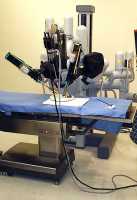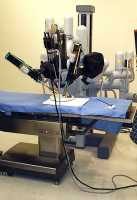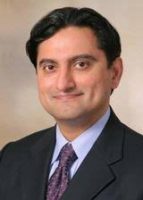Accidents & Violence, Author Interviews, Critical Care - Intensive Care - ICUs, JAMA, Surgical Research / 12.09.2018
Active Shooter Incidents Involving Semi-automatic Rifles More Deadly
MedicalResearch.com Interview with:
Adil Haider, MD, MPH, FACS
Kessler Director for the Center for Surgery and Public Health
Brigham and Women’s Hospital, Harvard Medical School, and
Harvard T.H. Chan School of Public Health
Deputy Editor of JAMA Surgery
MedicalResearch.com: What is the background for this study?
Response: Firearm-related mortality is a public health issue. However, in the US, due in part to lack of funding, there is not enough research to inform the debate about firearms.
The question our group sought to answer was to understand if the presence of a semi-automatic weapon increased the number of victims killed or hurt during an active shooter incident. We chose to focus on these incidents given the availability of an FBI database detailing these active shooter incidents based on a strict definition and the similarities between such incidents that make a comparison valid.
(more…)

















